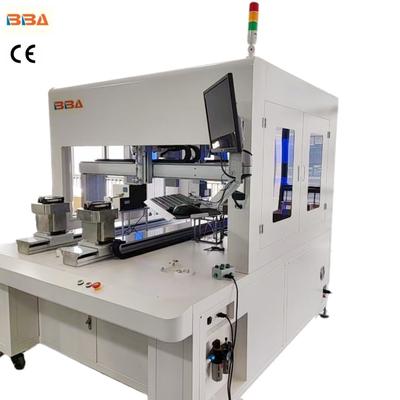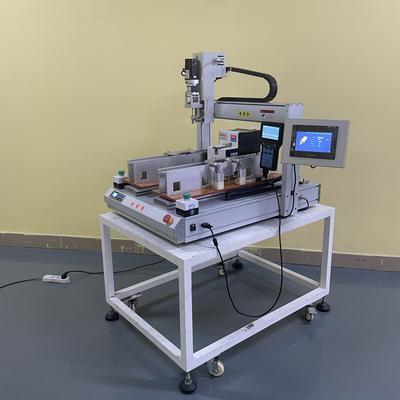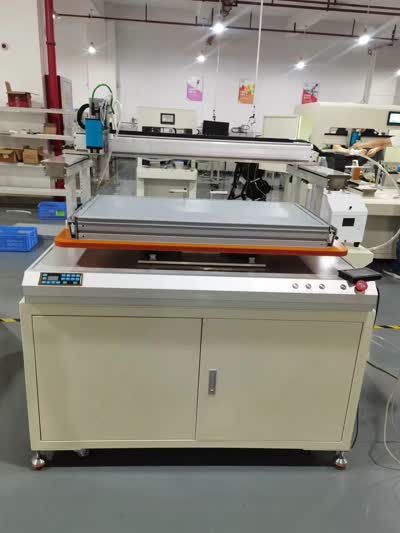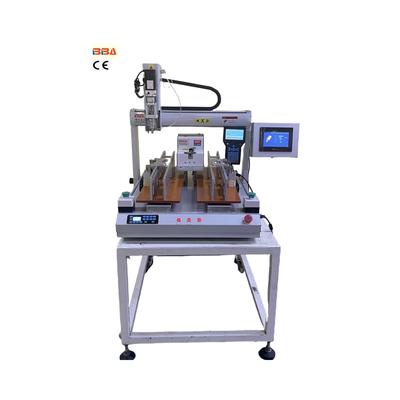Automatic Screw Feeder Brands Compared: Comprehensive Analysis of Industrial Automation Fastening Technology

| Product Name | Applicable industries |
| Inline Screw Locking System | Drone and UAV Manufacturing |
Top Brands of Automatic Screw Feeders Compared
Automatic screw feeders revolutionize assembly lines by boosting productivity and ensuring consistent fastener placement. As demand for precision manufacturing grows, selecting the right equipment provider becomes critical. We examine leading innovators setting industry benchmarks through engineering excellence, reliability, and advanced functionality.
Defining Excellence: Core Criteria
Superior systems excel across five dimensions:
- Adaptability: Handle screws from 0.5mm to 10mm with quick-change tooling
- Intelligence: Integrated sensors detecting jams, misfeeds, and thread defects
- Durability: Aerospace-grade alloys resisting high-cycle industrial stress
- Connectivity: IoT-enabled models offering real-time performance analytics
- Energy Efficiency: Optimized pneumatic circuits reducing compressed air consumption by up to 47%
Industry Pioneers at a Glance
Five innovators dominate precision feeding technology. European manufacturers lead in high-speed modular systems with patented vibration-control algorithms, achieving cycle rates exceeding 70 PPM with ±0.02mm placement accuracy. Japanese-engineered solutions set reliability records, featuring self-cleaning mechanisms that maintain 99.9% uptime in contaminated environments. North American providers specialize in customizable smart feeders compatible with collaborative robots, boasting ISO 13849 safety integration and cloud-based diagnostics.
Technical Innovations Shaping the Market
Recent advancements include magnetic track systems eliminating traditional rails, reducing maintenance by 60%. AI-driven torque control now adjusts feeding pressure dynamically when handling delicate electronics components. Machine learning algorithms predict maintenance needs weeks before failures, with modules delivering:
- Adaptive vibration sequencing for mixed-material fasteners
- Haptic feedback improving error identification
- Cross-platform software suites unifying feeding data with MES controls
Selection Framework for Engineers
When evaluating feeders:
- Conduct torque analysis on target materials to determine required drive power
- Audit fastener specifications including head type, coating, and tolerance thresholds
- Demand validation data like MTBF certifications exceeding 15,000 hours
- Require operational demos with your specific screws
Field testing reveals performance gaps invisible in spec sheets. One automotive supplier reduced assembly defects by 31% after discovering subtle variances in feeder bowl harmonic signatures during trials.
Economic Impact Analysis
Precision feeders deliver quantifiable ROI through:
- Assembly speed increases of 90-120% versus manual driving
- Rejected units decreasing from 1.4% to under 0.1%
- Training time reduction from 15 hours to 45 minutes for line operators
A robotic cell integration case study documented 9-month payback periods despite premium equipment costs.
Advancing Assembly Excellence
Leading feeder manufacturers continuously evolve their platforms to serve demanding sectors from micro-electronics to heavy equipment. Prioritize suppliers offering scalable architecture, predictive maintenance ecosystems, and physics-based feeding technology to future-proof assembly investments. Superior automation begins with precision feeding—the foundational step determining your entire production pace. Request engineering evaluations to quantify potential throughput improvements within your workflow.


